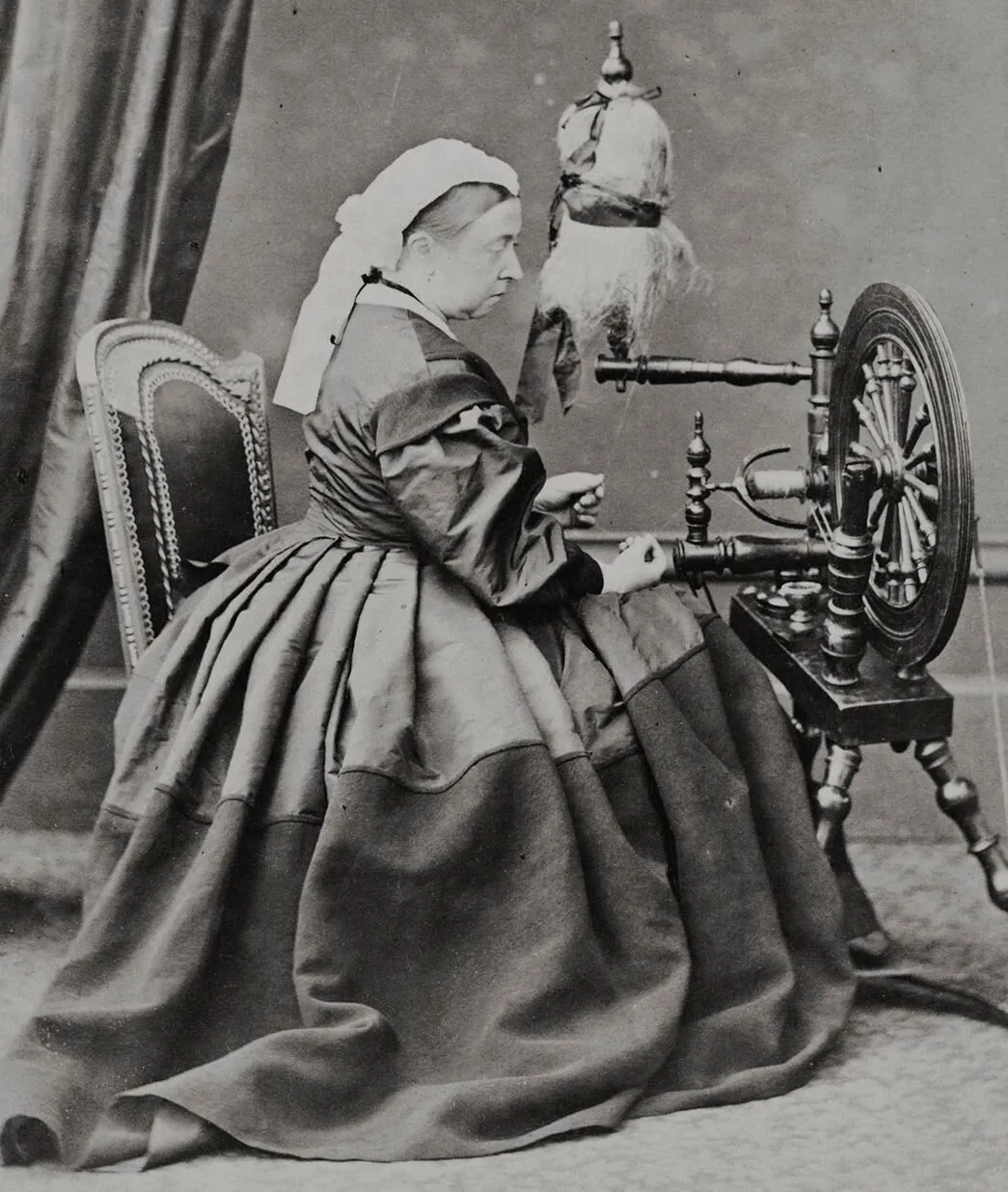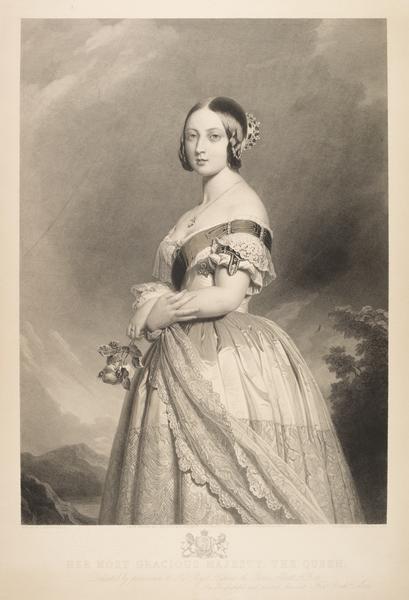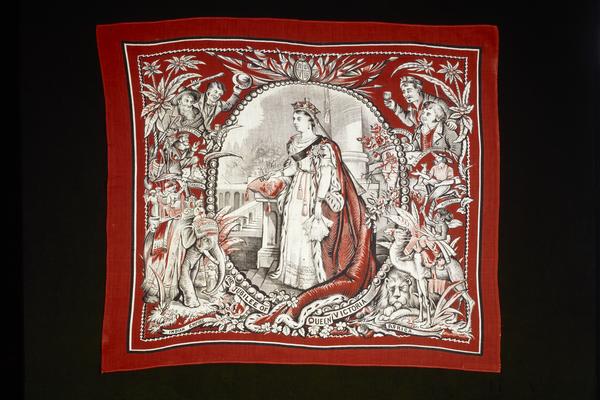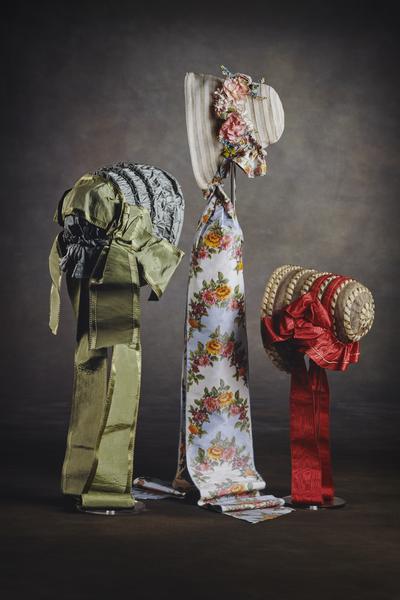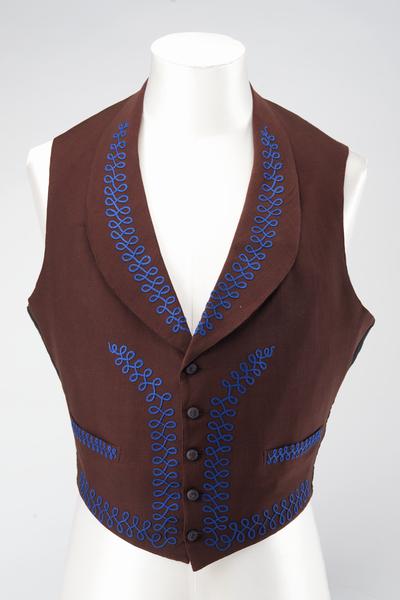Queen Victoria’s nifty needlework
Queen Victoria’s watercolours and drawings are quite well known. But did you know she embroidered and crocheted pretty gifts for family members all through her life?
1800s
Handmade gifts from the queen
From making play dolls as a young girl to crocheting in her later years, Queen Victoria practised needlework throughout her reign. Even after she had become head of the British Empire.
Sadly, not many of her creations have survived. But those that have give a personal – and not widely known – insight into the life of the powerful monarch.
Our collection holds a number of items likely to have been embroidered or handmade by the queen herself.
How did Princess Victoria get involved with needlework?
Princess Victoria had a secluded childhood at Kensington Palace, where she was instructed – like many young girls of the time – in plain and fancy needlework. She was tutored by her beloved governess, Louise Lehzen.
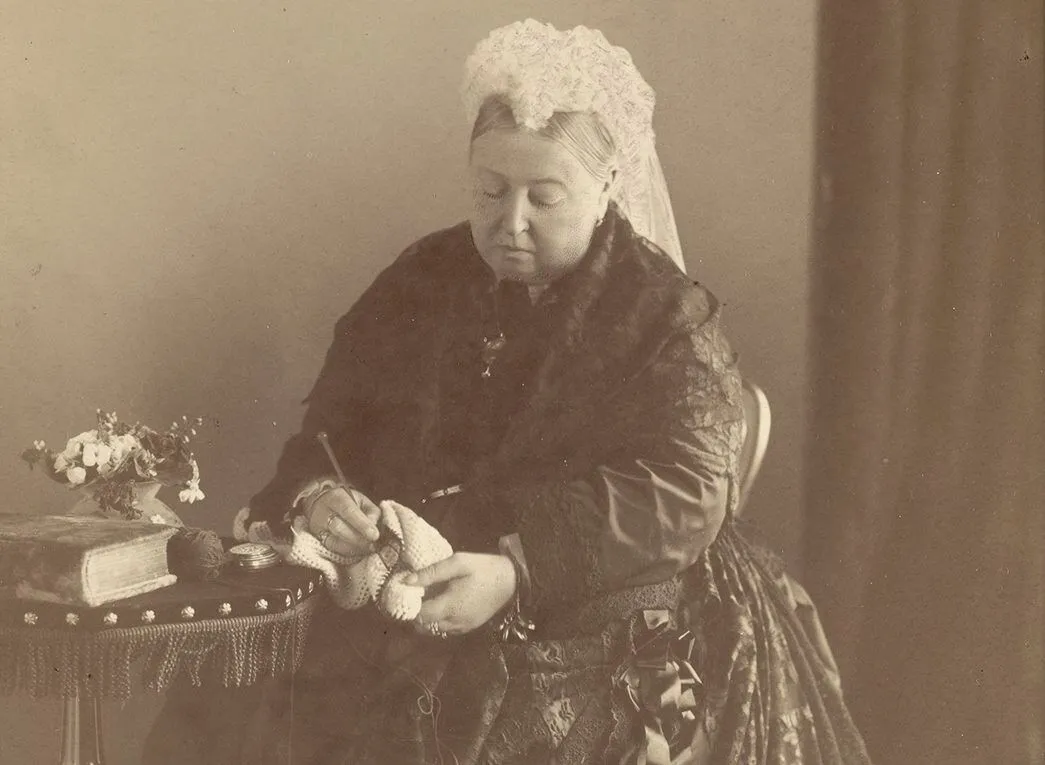
Victoria crocheting.
She was also surrounded by hard-working needlewomen. On Christmas Eve 1832, a 13-year-old Princess Victoria wrote in her journal: “Mamma gave me a little lovely pink bag which she had worked with a little sachet likewise done by her... Aunt Sophia gave me a dress which she worked herself… I gave Mamma a white bag which I had worked…”
We have a collar in our collection believed to have been made by the princess in the late 1820s. Knitted in white cotton thread in an undulating weave pattern, the collar’s style is typical for the period. Its intricate design would have been challenging to an inexperienced knitter.

Knitted collar thought to have been made by a young Princess Victoria.
Princess Victoria’s royal dolls
Between the ages of 12 and 14, the young princess designed and made costumes for 132 wooden dolls. These were inspired by historical figures, people she knew or characters she saw at the opera and ballet. Victoria took notes and sketched the outfits of the performers on stage, showing a keen eye for detail. These sketches then inspired the beautiful mini garments for her dolls made by her and Lehzen.

Mademoiselle Taglioni doll.
In Victoria’s sketchbook in the Royal Collection, one of the many drawings of celebrated dancer Mademoiselle Taglioni in the ballet La Sylphide looks like one of her wooden dolls. They were made in 1832 and 1833, when the princess saw the ballet several times.
The dolls became the subject of public fascination when they were documented in Frances H Lowe’s 1894 book Queen Victoria’s Dolls. The illustrations by Alan Wright bring them to life on the page, giving us a glimpse into the young princess’ imagination.
Empress Victoria’s embroidery
Victoria continued ornamental needlework projects into adulthood and as monarch. We have a pair of shoes in our collection believed to have been embroidered by the queen as a gift to her second daughter, Princess Alice. It was common for women at the time to present loved ones with handcrafted gifts. And Queen Victoria was no different.
Worked in half-cross stitch, the shoes are embroidered with a rosebud and leaf design on fine white twilled wool. The shoes appear to have been worn, suggesting the gift from mother to daughter was well-received.

Embroidered shoes with a floral design.
Learning to crochet
In the mid-19th century, Queen Victoria learned to crochet. Crochet was often seen as a cheap substitute for needle lace and hadn't been regarded highly by the wealthy. But Victoria sought to change this. She promoted crochet lace crafted by Irish women struggling to make a living during the Great Famine of 1845–1852.
We know Queen Victoria continued crocheting into her later years. We have a crochet cot cover that she made in 1883 for one of her grandchildren, Princess Alice. Victoria seems to have taken great pride in her creations, making sure they were embellished with her cypher.

Crocheted woollen blanket made by Queen Victoria.
Crocheted support for war veterans
Queen Victoria crocheted eight scarves in the last year of her life, awarding them for bravery to selected veterans among her forces in the South African War (1889-1902). Known as The Queen’s Scarves, these were received with honour and worn as sashes with great pride. Four were earmarked for servicemen in the Colonial Forces of South Africa, Canada, Australia and New Zealand. The remaining four were awarded to members of the British Army.
Knitting as part of the war effort was passed down several generations and became something of a tradition among the royal family. For example, the young Princess Elizabeth (later Queen Elizabeth II) and her sister Princess Margaret famously knitted for the forces in the Second World War.
Writing/researching credit: Harriet Sweet-Escott


